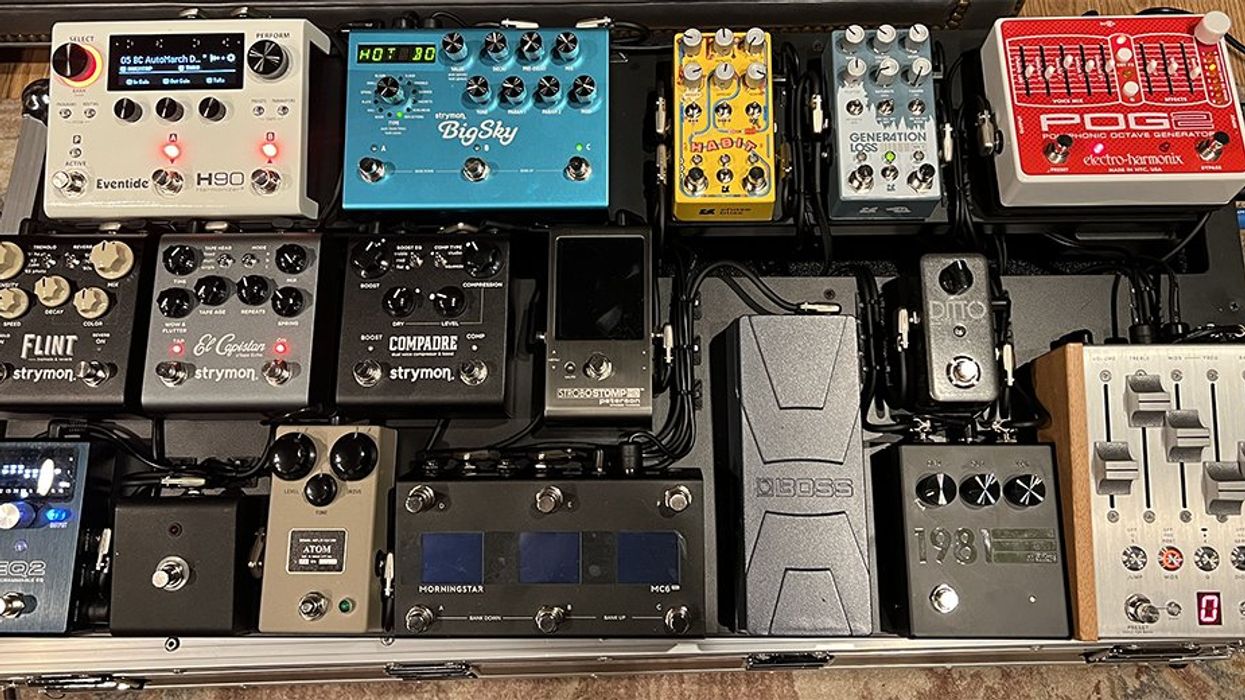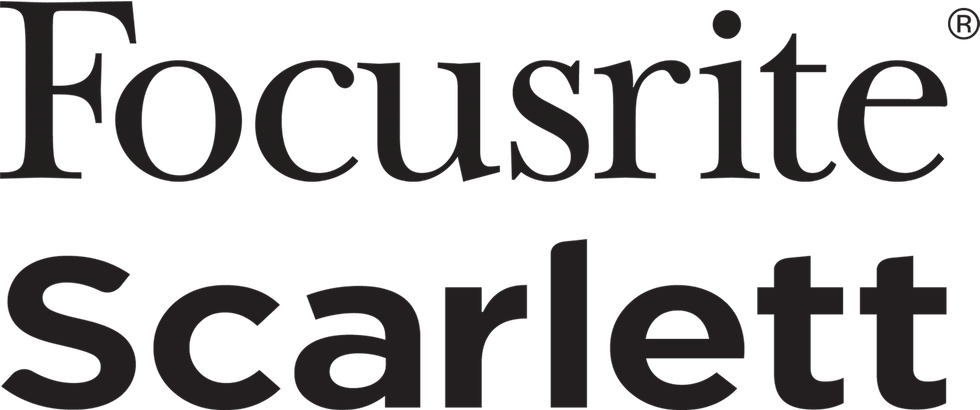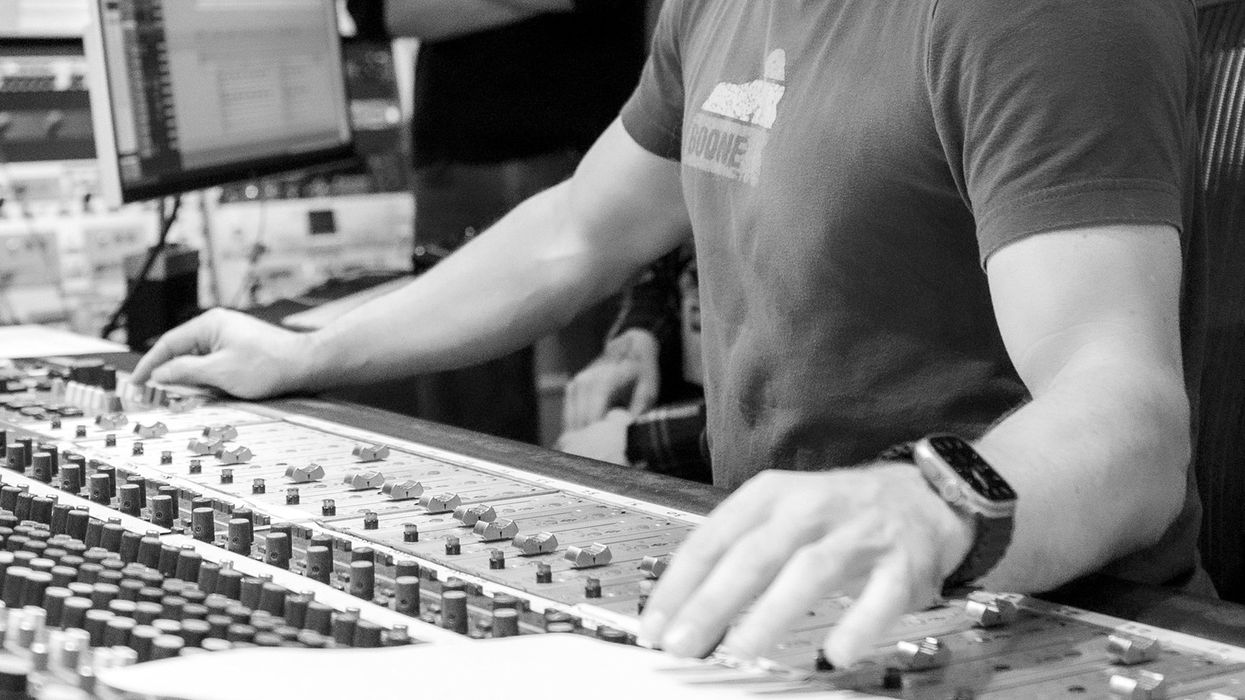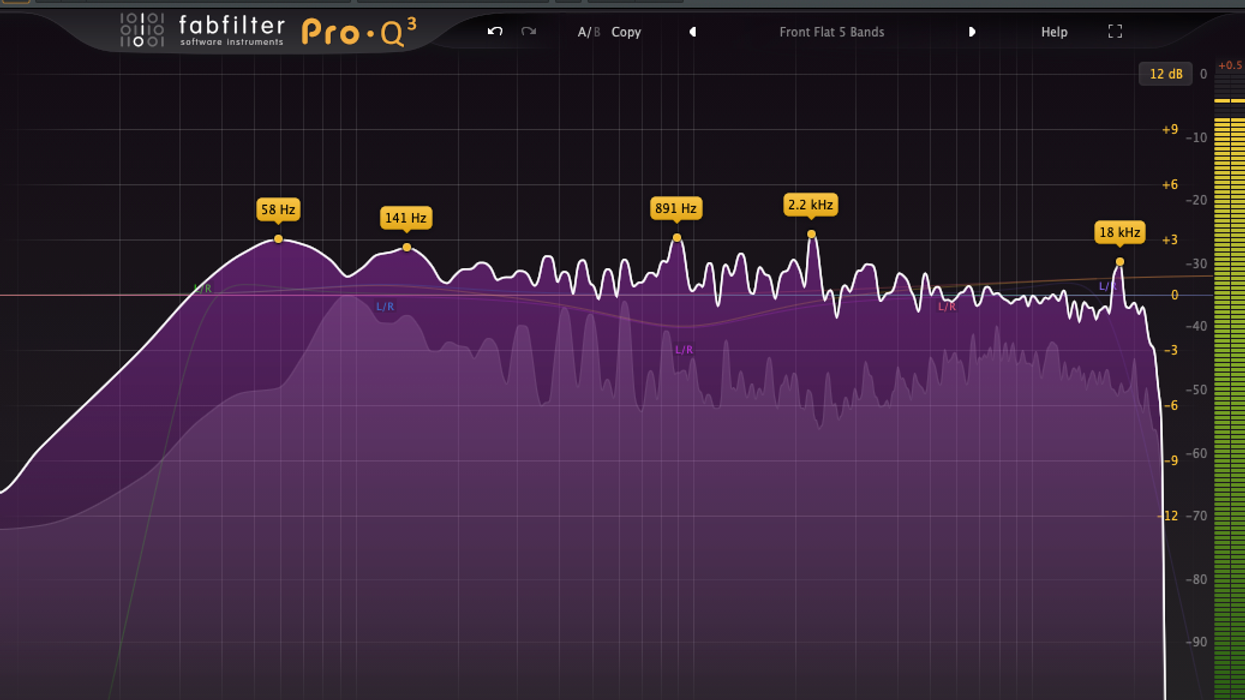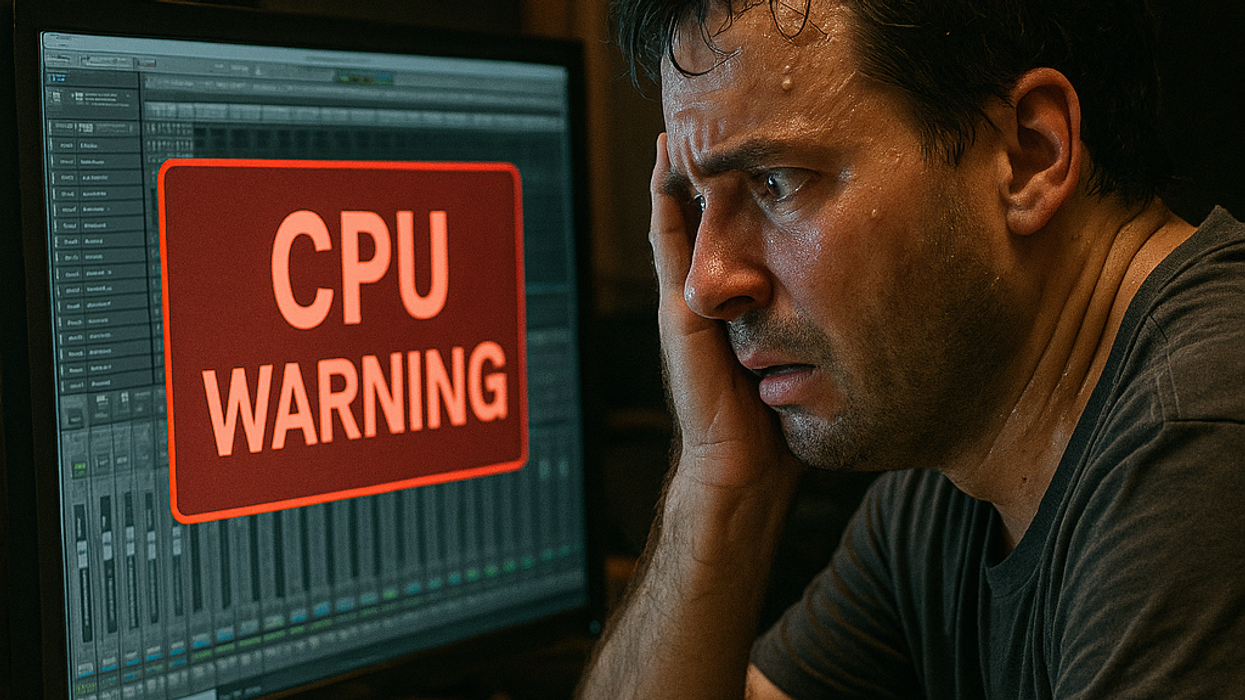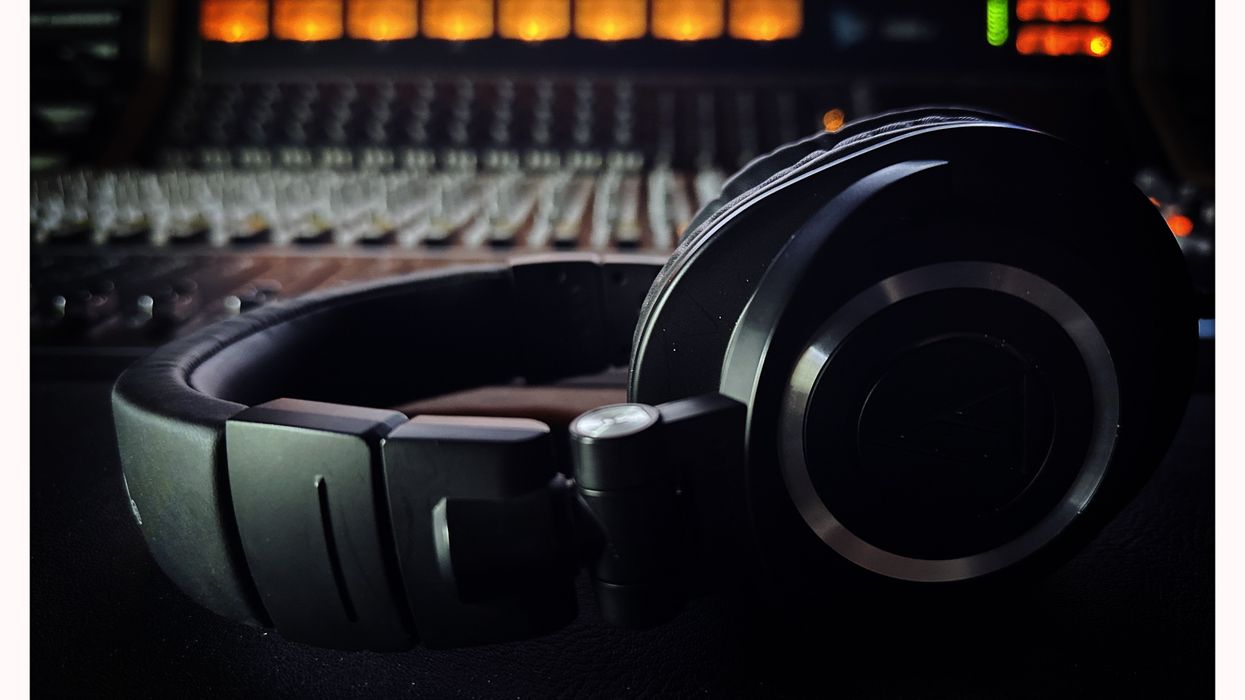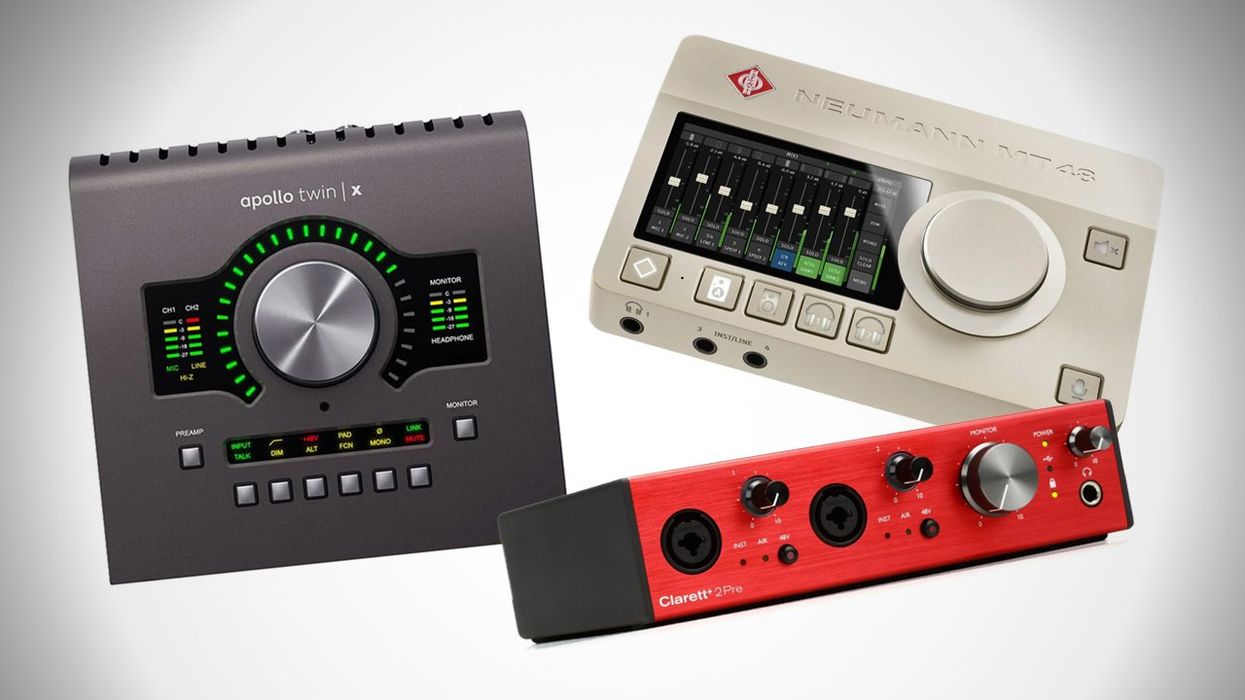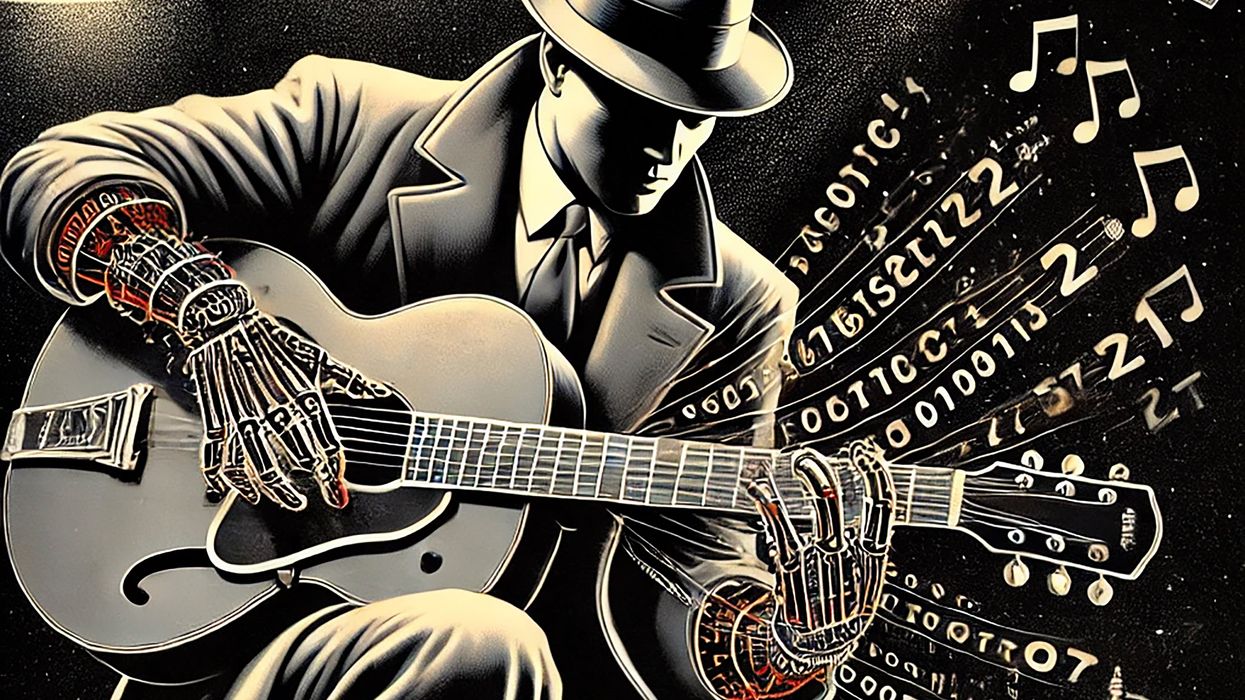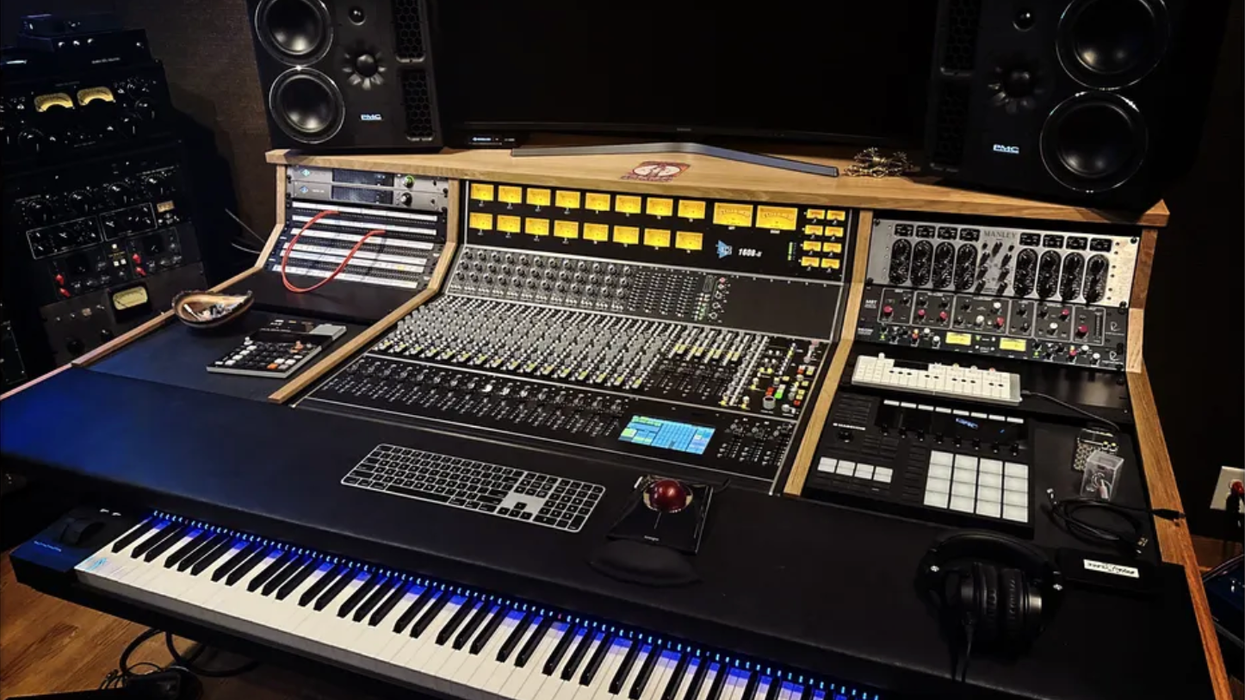In 1983, music had a banner year: U2’s War, the Police’s Synchronicity, Metallica’s Kill ’Em All, Stevie Ray Vaughan’s Texas Flood, Talking Heads’ Speaking in Tongues, and ZZ Top’s Eliminator were all released (to name but a few). It was also the year MIDI (Musical Instrument Digital Interface) was unveiled, and saying that it forever changed the musical landscape is an understatement. Until very recently, guitar-oriented manufacturers had never taken advantage or expanded on MIDI possibilities.
For guitarists, MIDI was a bit of a useless concept—something the synth player in your band endlessly yammered about while you plugged in your amp and pedalboard and set up for the gig. Well, tighten up your belts, the Dojo is now open.
The Paradigm Changes
Developed by a consortium of musical heavyweights, including MIDI’s progenitor Dave Smith (Sequential Circuits), Ikutaro Kakehashi (Roland Corporation), and engineer Tom Oberheim, MIDI enables synths and drum machines from various makers to “talk” to one another using a standardized “language” over a 5-pin cable. The original MIDI instruments included Roland’s TR909 and Jupiter-6, and Smith’s own Prophet 600. Today, MIDI can be carried over USB, 3.5 mm, and 1/4" TRS cables, as well as Bluetooth. It’s also something that more and more pedal makers are taking advantage of en masse. Many months ago with the help of my friends at XAct Tone Solutions here in Nashville, I finally wired up a MIDI-based pedalboard (Photo 1). Why would I ever go down this rabbit hole?
“Until very recently, guitar-oriented manufacturers never took advantage or expanded on MIDI possibilities.”
For several huge reasons: It gives me greater control over all of a given pedal’s obvious (and hidden) parameters that I can adjust simultaneously using expression pedal(s); the ability to toggle, latch, or tap tempo for many pedals at once; to create, save, and adjust wildly divergent preset parameters on the fly (using CC and PC messages); and organize song lists and set lists, for starters.
While this is possible with multi-effects pedals from Line 6, Fender, Neural DSP, Boss, Kemper, etc., I often find that I don’t like all the sounds bundled within these units. I may not like certain types of amp models, overdrives, choruses, reverbs, fuzz, and delay offerings from one maker, and prefer the algorithms of another brand entirely. With more and more pedal manufacturers embracing MIDI, we’re much closer to a “having our cake and eating it too” scenario.
I can further use my MIDI-enabled pedals with instruments beyond keyboards, drum machines, samplers, and other MIDI controllers (this may be the subject of a future Dojo). But for now, I want to get your creativity fully charged, and take you down another rabbit hole I stumbled into!
Becoming a Convert
Let me give you one of my new favorite “effects” I’ve been exploring. This involves using any plugin or software that will convert audio to MIDI. Certain DAWs (Ableton, Pro Tools, etc.) already have the ability to convert an audio file to MIDI. If your DAW does not, you can use Melodyne and pitch-based plugins, or free ones specifically made for this like NeuralNote or Basic Pitch, which were developed by Spotify.
Try This
Now let’s “break” the plugin. Either use a prerecorded audio track (guitars, vocals, bass, keys, or even ambient field recordings), or grab your guitar and record something with all the effects you would normally use. Delays are particularly fun to have here since they repeat pitches already played! Now convert this audio track to MIDI. In Pro Tools, right-click on the audio file and select “Copy Audio as MIDI.” I tried this using a fuzzed-out solo I played on a recent record I produced.
Next, create an instrument track and instantiate a soft synth of your choice (I’ve used Arturia’s Jup-8 with one of my tweaked presets). Now paste (Cmd or Ctrl+V) the MIDI-ized audio onto the instrument track. Based on your sensitivity settings, you should have all kinds of crazy extraneous notes in various octaves.
From here, solo the instrument track with your new MIDI, and let your imagination loose! Pay attention to the parts of your original audio track that were accurately “preserved” and what parts were not. You can now play with velocity, duration, quantization, and transposition for any and all notes. For example, I chose to isolate notes that were originally part of the delay and then adjusted them to match the underlying implied chords I soloed over—thus turning my guitar’s delay into a MIDI chord accompaniment for my solo!
I hope you canceled your dinner plans. Blessings, and until next time, Namaste.


